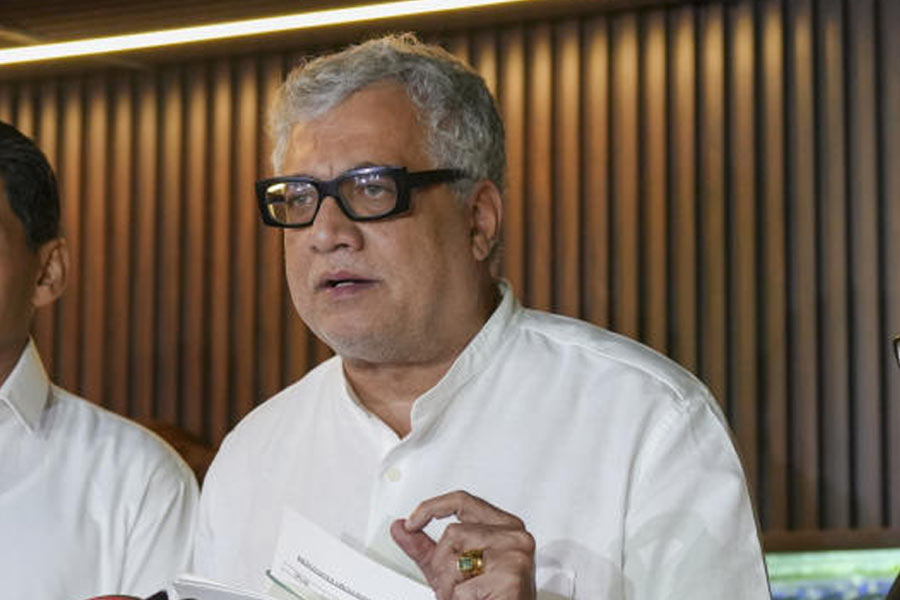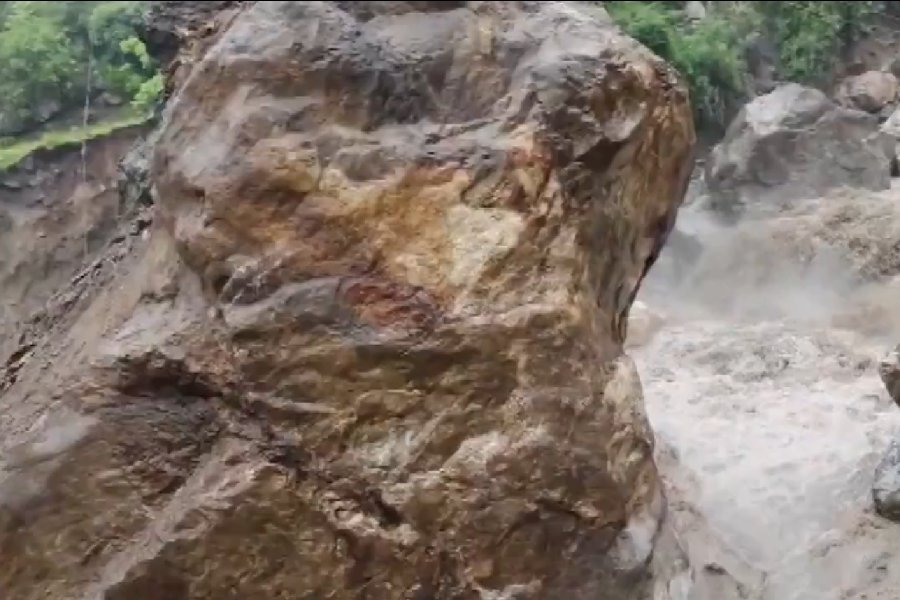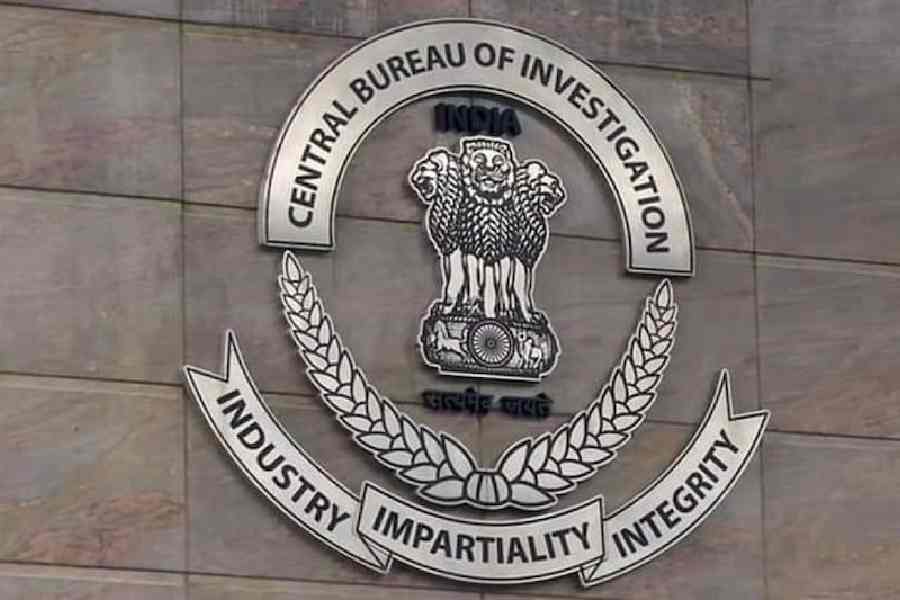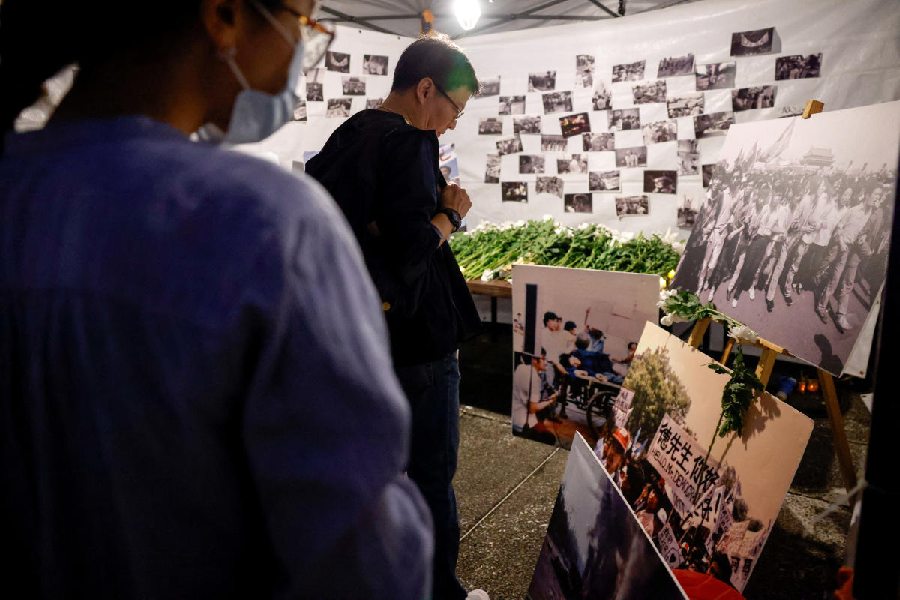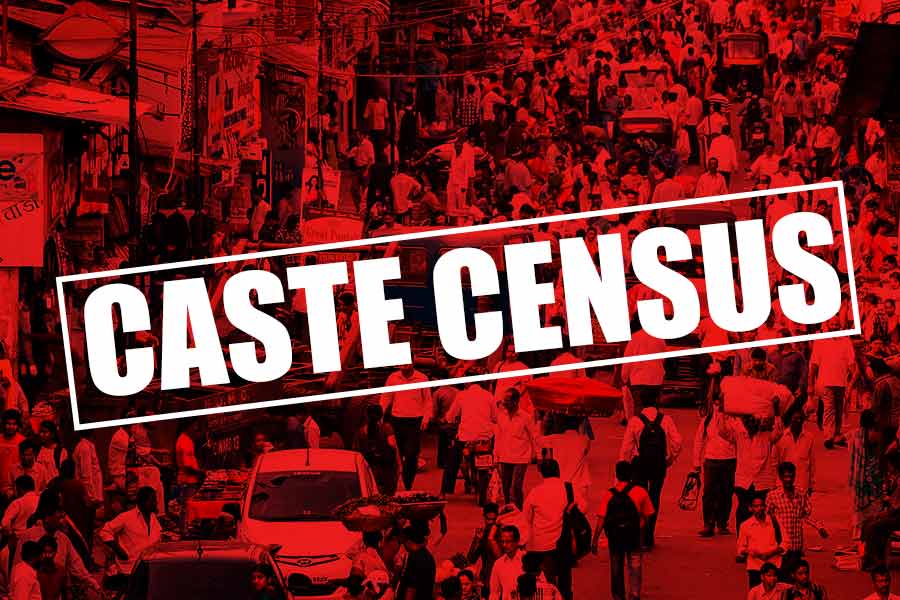 |
The euphoria over Mamata Banerjee persuading Delhi to allow students from Bengal to take their all-India medical entrance test in Bengali has dimmed with the realisation that those exercising this option can’t study in many of the better institutions outside the state.
The online application form states that students writing the first common entrance test in Bengali are barred from applying for seats under the 15 per cent all-India quota and those in the Armed Forces Medical College, Pune.
Even within the state, they won’t be eligible for all the seats on offer. Candidates writing in Bengali would be competing with the rest for 85 per cent of the seats in institutions within the state.
Another condition for writing the test in Bengali is that candidates confused by any term in the question paper cannot seek a clarification. They would need to check the English version of the paper and clear their doubts, if any.
The restrictions are likely to affect around 32,000 students in Bengal. In this year’s state joint entrance test, over 70 per cent of the 45,000 candidates for medical seats had written in Bengali.
There are 2,100 medical seats in Bengal and 30,000 in institutions across the country. Those who write the entrance test in English and Hindi have up to 15 per cent of those 30,000 seats to choose from, depending on their individual rankings.
“The conditions stated in Clause 5 of the information brochure published by the Central Board of Secondary Education (CBSE) means that nearly 4,500 seats in states outside Bengal and 360 seats within Bengal will be not be for those writing the test in Bengali,” an official said.
The Left Front had abolished English in primary school education in 1982 and it took two decades to correct that mistake. Since then, Bengal has had the majority of students shying away from English and even studying science in Bengali.
Many of these students are forced to change their subjects at the undergraduate level because of the unavailability of books in Bengali and then fail to cope with the pressure of switching to English at a late stage.
The political leadership and the bureaucracy, of course, wouldn’t admit there is a problem.
Director of medical education Sushanta Banerjee, who had represented Bengal in talks with the Medical Council of India on a Bengali version of the common national entrance test paper, said: “It is natural that a student writing an entrance test in Bengali will opt to stay in Bengal. It is unlikely that a student who can’t write the medical entrance test in English would be keen to study MBBS in, say, a college in Tamil Nadu.”
But the reactions of the student community to the rules for the test suggest Banerjee underestimated their ambitions.
“I was shocked to know about the conditions that have been set by the Centre for students writing their tests in languages other than English and Hindi. I can’t believe we are being deprived of the opportunity to study outside Bengal and asked to compete with the rest of the candidates from our state for 85 per cent of the home seats,” said a student from Jadavpur Vidyapeeth.
Although the decision to allow students to take the test in Bengali was finalised in August, it wasn’t until the CBSE posted the rules and regulations on its website on December 1 that the candidates came to know about the flip side.
Delhi has given the CBSE the responsibility of conducting the first National Eligibility-cum-Entrance Test-UG. The objective of a common national test is to spare students the hassle of appearing for multiple entrance exams. Nearly 10 lakh students, including around 50,000 from Bengal, will take the online test on May 5.
The Union government had at first decided not to allow candidates to write the test in Bengali but relented when chief minister Mamata mounted pressure for a change in the rules.
Clause 5 of the information brochure available online states: “Candidates who have passed/are appearing in their Class XII or equivalent qualifying examination from the state boards of Andhra Pradesh, Assam, Gujarat, Maharashtra, Tamil Nadu and West Bengal and seeking admission in the institutions located in the state concerned under state-quota seats only can opt for question paper in their respective regional language i.e. Telugu, Assamese, Gujarati, Marathi, Tamil and Bengali.”
The brochure mentions that candidates seeking admission under state-quota seats of “more than one state should appear in the examination either in English or Hindi only”.
Some of the top institutions such as AIIMS and JIPMER won’t be part of the common entrance test but they too won’t permit candidates for seats to write in Bengali.
“We held a series of discussions before finalising the rules. The state governments have not informed us about the grievances of students, if any, so far. But we are ready to find a solution if students face any difficulty,” a CBSE official said.
A city-based doctor, A.K. Maity, has written to the chief minister seeking her intervention.
Who/what do you blame for the predicament of students opting to write in Bengali? Tell ttmetro@abpmail.com


